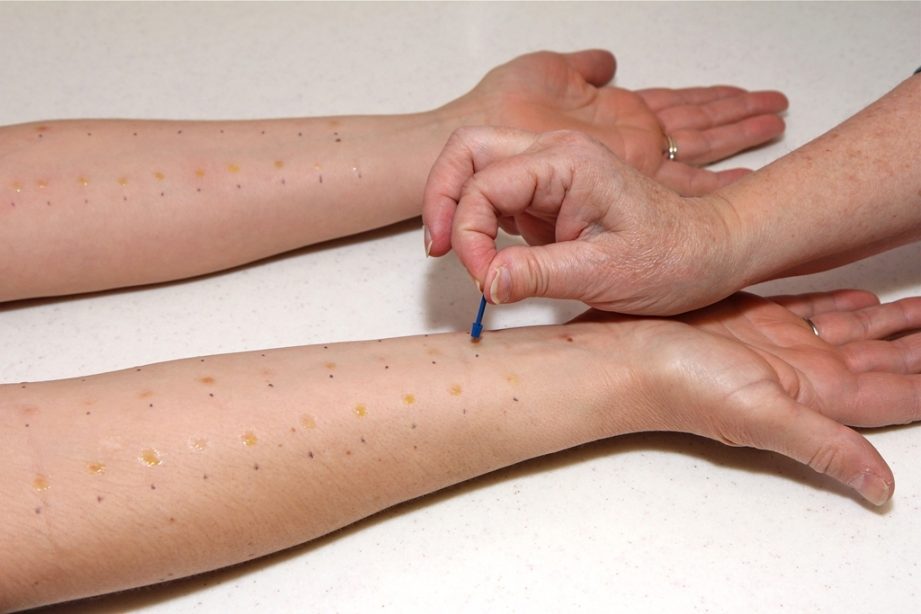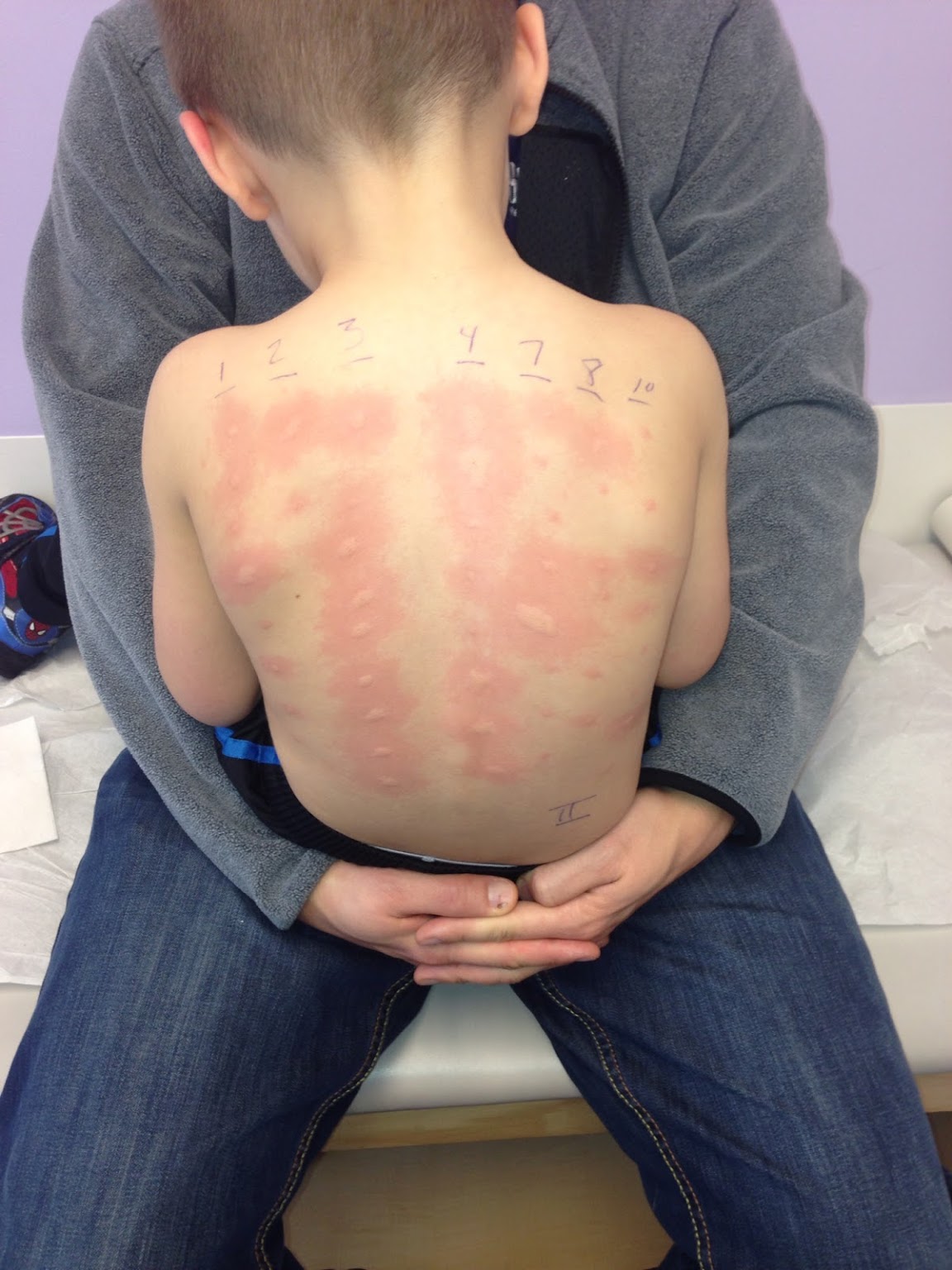Frequent bouts of allergies can make a person feel as if they’ve lost control of their life. Severe allergic reactions can be life-threatening, but even mild ones can ruin a day and prevent people from engaging in otherwise normal activities. Allergic reactions in children can be especially alarming. While the kids themselves are suffering, parents who are still not aware of their children’s specific allergy triggers can also have a lot of questions and worries about the situation.
Allergic reactions are common enough in this generation that many schools have at least one personnel who has passed a first aid training course in Sydney or their locality, just so they can address asthma and anaphylaxis. This way, the school can immediately address allergic reactions before they worsen. The presence of a first aid staff can be quite reassuring to children who suffer from severe allergies. At the same time, though, parents need to find out as much as they can about their kids’ allergy so that they can get the right help during severe episodes. Fortunately, children can undergo allergy testing to find out their triggers before they suffer from a severe reaction.
Signs that Allergy Testing is the Right Choice
Allergy testing isn’t done on a whim; it’s only performed if the patient’s medical history points to the possibility of having allergies. A person who is suspected of having allergic rhinitis, for example, may be advised to undergo allergy testing. Among the most common symptoms of allergies are: sneezing, stuffy or runny nose, cough, wheezing and shortness of breath (possibly a sign of asthma), rashes, headache, fatigue, nausea or vomiting, and fever. If a child suffers from these conditions frequently, then it’s likely worth it to look into allergy testing.
There are different methods for testing for allergy triggers. These are:

Skin Prick Test – The most convenient method of testing for allergies, a skin prick test can show results in as little as 20 minutes. The test is slightly uncomfortable, as a small, sterile lancet will be used to prick the skin, usually on the forearm. This small break is used to allow the allergen extract to enter the skin. The test is done using different allergens, each spot marked with a number to differentiate them. If a person is allergic to a substance, a small bump or redness will form on the affected area in just a few minutes. While it sounds painful, skin prick tests are well-tolerated by children, and allergic reactions typically go away in under 2 hours.
Patch Test – Used to test for delayed skin hypersensitivity and contact dermatitis, patch tests can last for up to 48 hours and test for as many as 30 potential allergens. Unlike skin prick tests, patch tests don’t require the use of needles or lancets. Instead, the skin is simply exposed to common allergens like latex, fragrances, and metals. Irritation at the site of contact may indicate allergic reaction to a particular material.

Blood Test – Blood tests are done less often than skin tests as they are less sensitive and often more expensive. They are used on instances when skin tests are proving to be too difficult to administer, such as if a patient is not advised to stop taking a particular medicine, for example.
Managing allergies can be a big battle for children who suffer from it, as well as their parents. Finding out your child’s allergy triggers is a solid step in formulating a management plan which, in turn, will help reduce instances of allergic reactions and guide others in how to give proper assistance to a person who is suffering from allergies.

